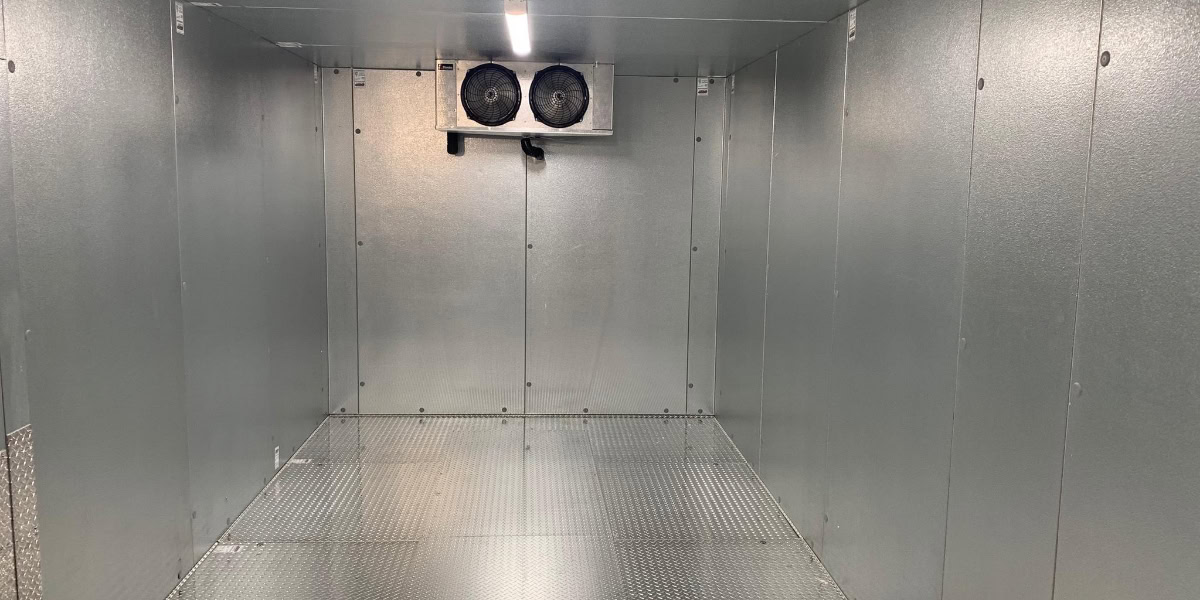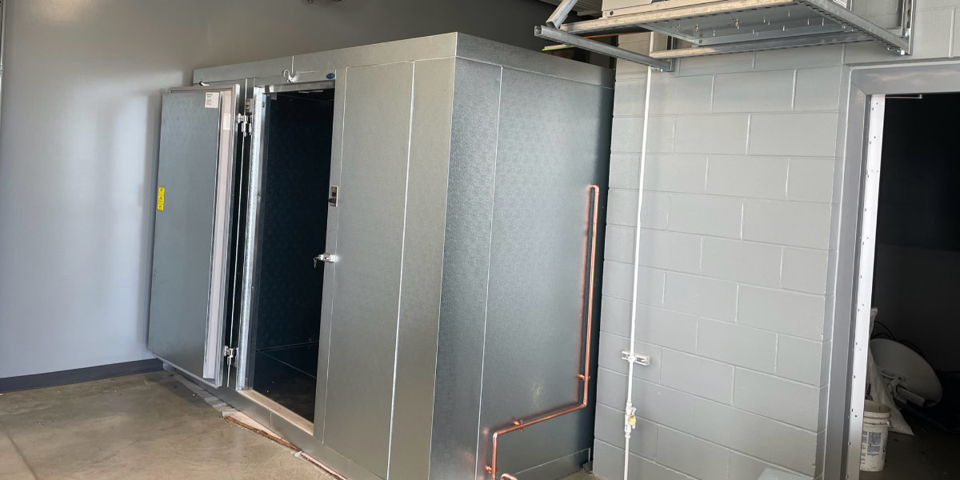Refrigerants are substances used in cooling systems, such as air conditioners, refrigerators, and freezers, to absorb and release heat, thereby cooling a designated space. They play a critical role in the refrigeration cycle by transitioning between liquid and gaseous states to facilitate heat exchange. Historically, various types of refrigerants have been used, including chlorofluorocarbons (CFCs) and hydrochlorofluorocarbons (HCFCs), which were later found to have detrimental effects on the ozone layer and the environment. As a result, the industry has been shifting towards more environmentally friendly alternatives, with R454B being one of the latest advancements in this ongoing evolution.
The Emergence of R454B
R454B is a hydrofluoroolefin (HFO) blend, specifically designed to replace R410A, a commonly used refrigerant in air conditioning and heat pump applications. The push towards R454B is driven by global environmental regulations aimed at reducing greenhouse gas emissions and ozone depletion. R454B has a significantly lower Global Warming Potential (GWP) than R410A, making it a more sustainable choice for the future.
Benefits of R454B
Lower Global Warming Potential (GWP):
One of the most significant advantages of R454B is its low GWP. R454B has a GWP of 466, which is about 78% lower than R410A’s GWP of 2088. This substantial reduction helps in mitigating the environmental impact associated with refrigerants.
Energy Efficiency
R454B offers improved energy efficiency compared to its predecessors. Systems designed for R454B can operate more efficiently, leading to reduced energy consumption and lower operational costs over time. This efficiency gain is crucial for both commercial and residential applications.
Compatibility and Safety
R454B is compatible with existing R410A systems with minor modifications. This compatibility eases the transition for manufacturers and end-users, allowing for a smoother upgrade process. Additionally, R454B has a lower flammability rating (A2L), meaning it poses a low risk of flammability under normal usage conditions.
Regulatory Compliance
The adoption of R454B helps businesses comply with stringent environmental regulations, such as the European F-Gas Regulation and similar policies worldwide. Using a refrigerant with a lower GWP ensures that companies are future-proofing their operations against increasingly strict regulations.
Compliance and New Refrigeration Equipment
As R454B becomes more prevalent, new refrigeration equipment will need to be designed and manufactured to accommodate its unique properties. Here are some key considerations for ensuring compliance with R454B:
System Design
New systems must be designed to optimize the performance characteristics of R454B. This includes considerations for pressure levels, thermal properties, and compatibility with lubricants. Manufacturers will need to update their designs to ensure efficient and safe operation with R454B.
Training And certification
Technicians and installers must receive proper training on handling R454B. Since R454B has different handling requirements compared to older refrigerants, proper education and certification are essential to ensure safety and efficiency in its use.
Retrofit Options
While R454B is primarily intended for new equipment, there may be opportunities to retrofit existing R410A systems. This process involves evaluating the system’s compatibility and making necessary adjustments, such as replacing seals and ensuring that components can handle the different pressures associated with R454B.
Maintenance
Regular maintenance and service protocols will need to be updated to accommodate R454B. This includes understanding its leak detection methods, proper recovery and recycling procedures, and ensuring that all service tools are compatible with the new refrigerant.
The introduction of R454B marks a significant step forward for the refrigeration industry in terms of environmental sustainability and efficiency. Its lower Global Warming Potential and compatibility with existing systems make it an attractive option for both manufacturers and end-users. As regulations become stricter, transitioning to R454B will not only help businesses comply with environmental standards but also position them as leaders in sustainability.
For all your commercial refrigeration needs and to learn more about how R454B can benefit your business, contact R&R. Our team of experts is ready to help you navigate the transition to this new refrigerant, ensuring your operations are both compliant and efficient.
Frequently Asked Questions
What makes R454B more environmentally friendly than other refrigerants?R454B has a significantly lower Global Warming Potential (GWP) compared to many traditional refrigerants like R410A. This means it contributes less to global warming when released into the atmosphere, aligning with global efforts to reduce greenhouse gas emissions and combat climate change.
Can existing R410A systems be retrofitted to use R454B?Yes, existing R410A systems can potentially be retrofitted to use R454B, but it requires careful evaluation and modification. Components such as seals and pressure ratings must be assessed and possibly replaced to ensure compatibility and safety.
What are the safety considerations when using R454B?R454B has a lower flammability rating (A2L), indicating a low risk of flammability under normal operating conditions. However, proper handling, training, and adherence to safety protocols are essential to mitigate any risks associated with its use.






